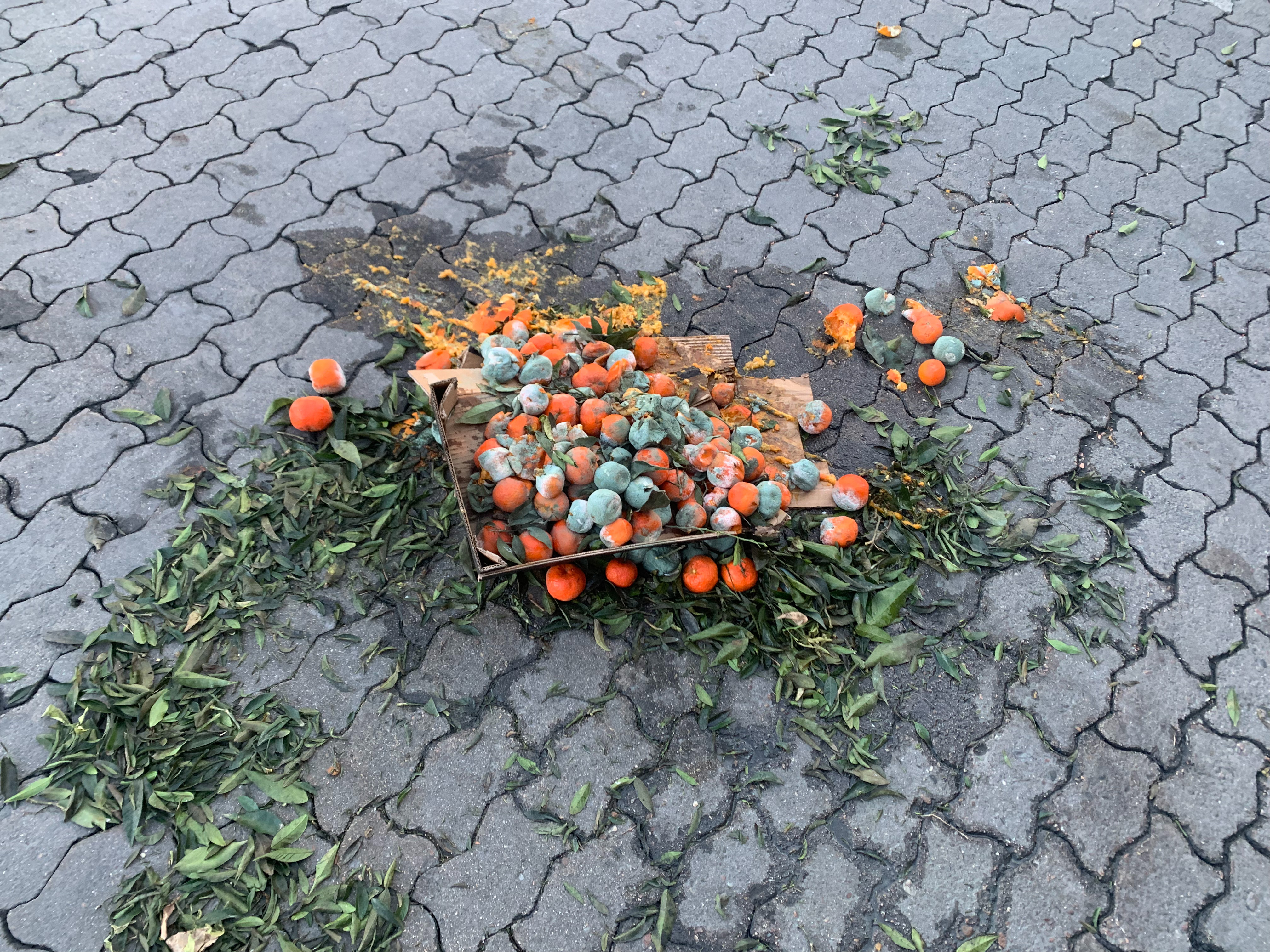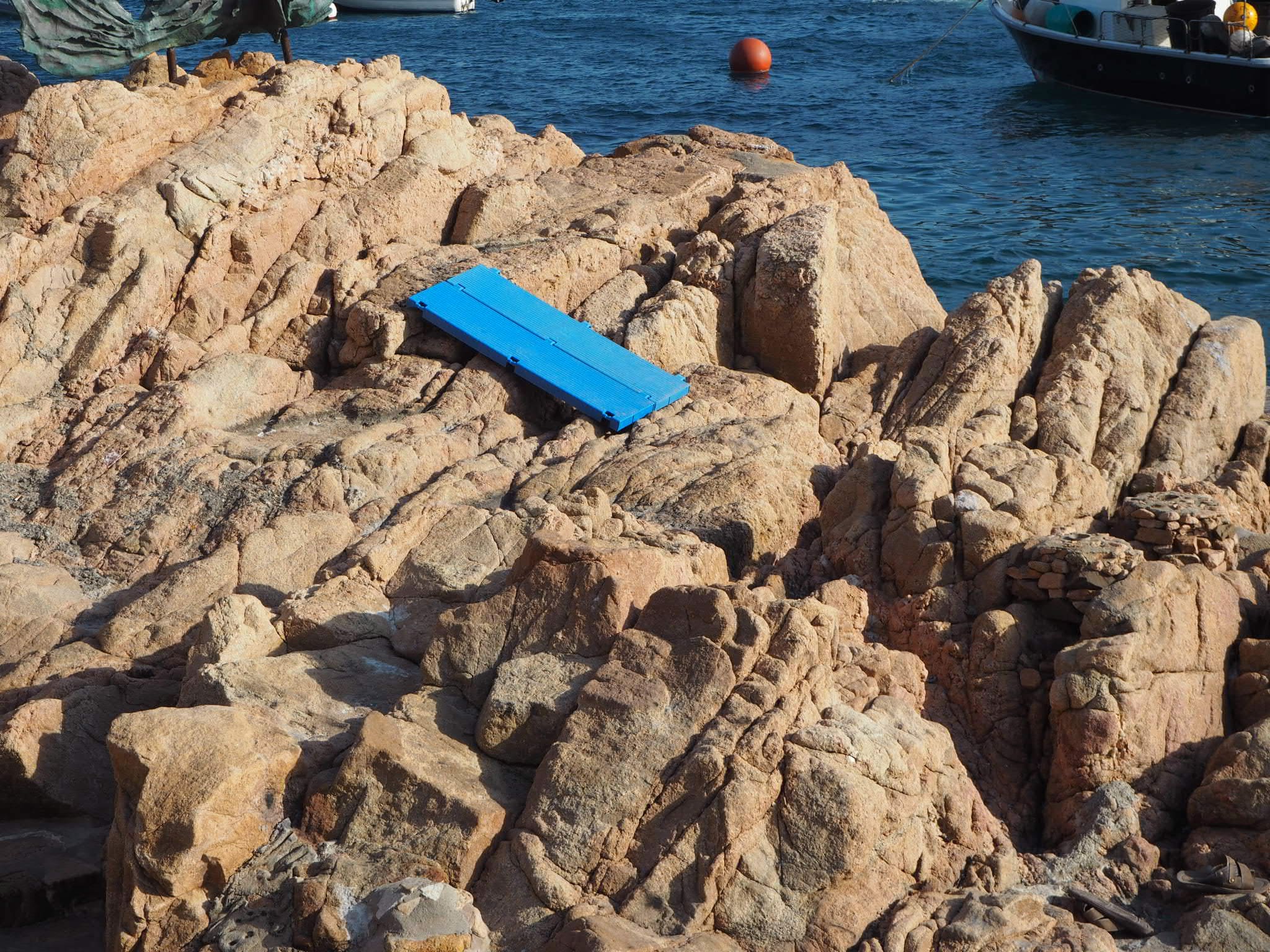
Imagining alternative presents is a good way of exploring the reach of one’s own project. We usually tend to imagine our project in the best possible outcome but we continuously fail to consider all possible results. There are tools that may help speculating how our projects can turn. We can ask ourselves some questions that can help ignite the imagination thinking of alternative presents. In my case with the slowlab I started thinking what may happen if our movement becomes a reality. The idea is that this movement becomes mainstream and everyone thinks of it as a daily habit instead of something weird only eco hippies use. In this case people would have either adapted these low-techs to their daily lives or adapted to the community use of them. One way in which we can introduce these technologies into people’s lives is through the architecture. Architects and designers could integrate low-techs into people’s homes from the beginning so that the architecture can be modified to provide a resilient lifestyle. Another solution is that people start considering these objects for their homes in an independent way. For that we would have to provide good designs that are user friendly and appealing enough for the modern home. There’s another option related to the scale which is community shared low-techs. In this scenario the low techs would be built in a bigger scale and would be used by the neighboring community. This could be something of a daily basis if organized correctly or just something done in a more casual manner over weekends or free days.
If people start slowly changing to these alternative solutions to electric energy sources there is a risk of the government implementing stricter regulations towards their use. Big energy companies have in their main interest that people consume this energy so they can keep sustaining themselves. If people start relying less on them then they would start making a strategy in which they can take control back. In this sense then we may consider collaborating with them at some point to have our enemies closer. We could think of a way in which we can benefit from each other but most importantly benefit the planet from our common actions.
Another important thing to consider is that changing habits is really hard and specially harder when there is no infrastructure for you to complete the tasks you may want to do to reduce your carbon footprint. There are many small actions that we can change in our daily routine that may generate a huge impact if we do them collectively. But the truth is sometimes we are a bit lazy to do them or we don’t see the point of doing them if the systems we rely on do not continue these tasks outside our home. For this to work we would need to have the entities governing our cities in our favor and maybe a change in our urban landscape and citie’s infrastructure. It is easier to adapt to new things when you see all of the community around you doing it. Trends work very well with this. When something becomes a trend which means it became mainstream, then people are eager to try it out themselves and adapting it into their lives. We need to focus on finding a clever way of communicating our movement. As of now sustainability and resilient lifestyles is an ongoing trend so we just need to use it in our favor and create genuine and straight forward content that people can relate to.
With our events in which we introduce low-techs into everyday activities we can engage with people and ignite the spark of curiosity among them. Barcelona is the perfect city to organice a Solar Brunch and what better than in the Summer. We are taking into advantage the festival season in Barcelona and making a call out to everyone that enjoys sunday brunch, music and good vibes. We noticed that most of the participants were relatively new to the concept and very curious. There is an imminent sense of overwhealm regarding alternative energies like the use of solar panels. It is still commonly believed that they are very expensive and people don’t know how to integrate them to their houses on their own. When we introduced our prototypes of solar ovens with rescued materials or cardboard boxes they told us they felt much more at ease knowing this doesn’t have to be high-tech. We keep testing our solar ovens and bike generators in a very low scale but people are always curious when they see them in use and we are able to start conversation which is already a great first step.


